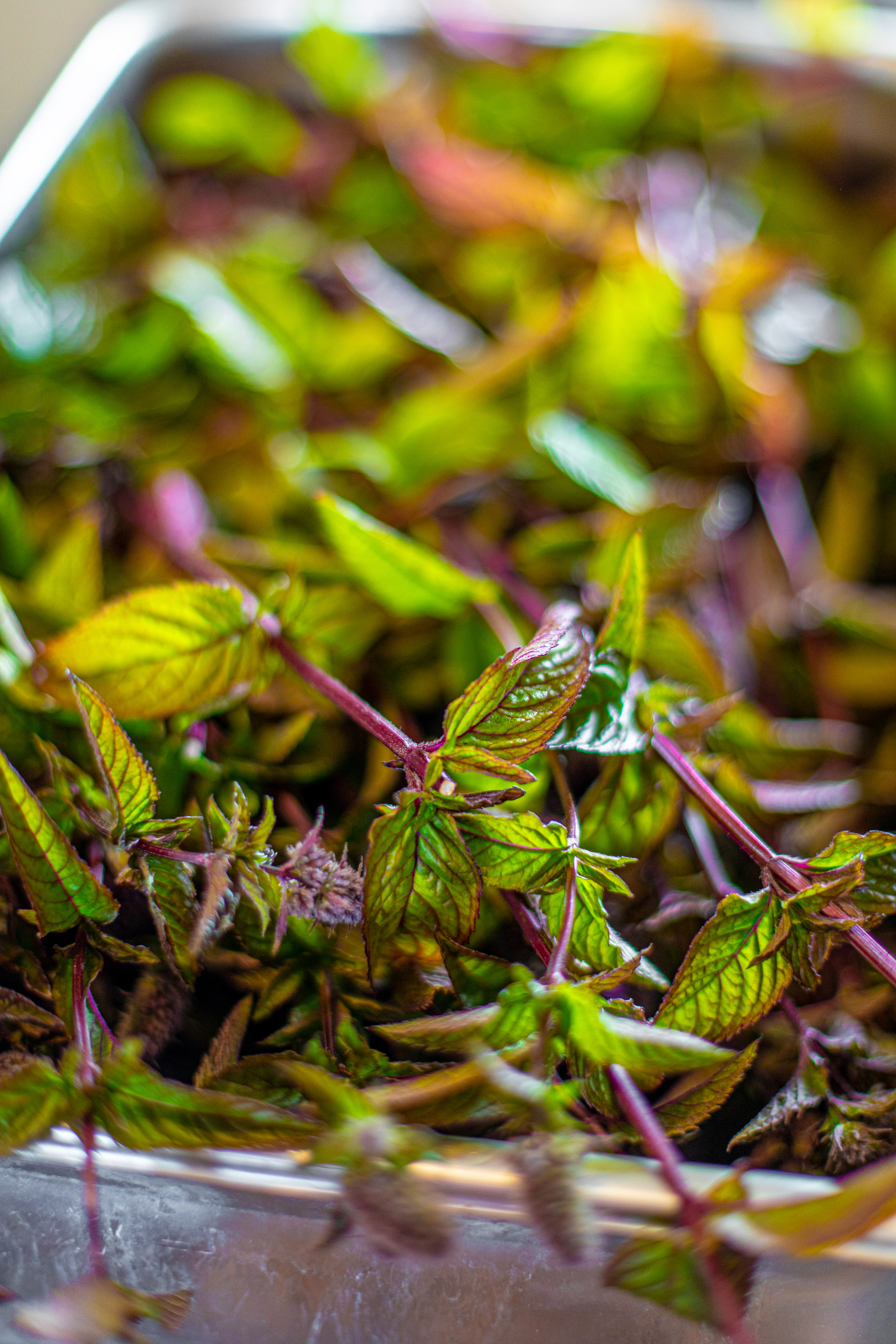From early on Icelanders used plants they could forage in nature. Among them are herbs like wild thyme, juniper berries, as well as wild onions, chives, and garlic. The most used herbs for tea were blóðberg (wild thyme), vallhumall (yarrow), rjúpnalauf (mountain avens), and ljónslappi (lady’s mantle).
The impressive flower of arctic angelica grows wild in Iceland – one of the very few tall plants that are hardy enough to thrive there – and is relatively easy to cultivate as is still done on the small island Hrísey in Eyjafjörður, for production of spice, tea and medicine. The roots and stalks of the plant were boiled and then buttered and eaten as vegetables, often with dried fish. The leaves were chopped and used in soups and stews. Dulse is the “salad” from the sea and is used as a snack and to spice fish and meat. It delivers important vitamins and minerals to the Icelandic diet. It was almost forgotten for a while, but has now met with increasing interest and revival as a food source. In the vast wilderness of North Iceland the Iceland moss grows and was extremely important in the daily diet of early times. As bread was rare, it was used as porridge and other foods where it was an important ingredient were served every day. Iceland moss was used in bread, soups, puddings, blood sausages, and many other kinds of food, as well as being made into teas and potions to cure numerous ailments .


